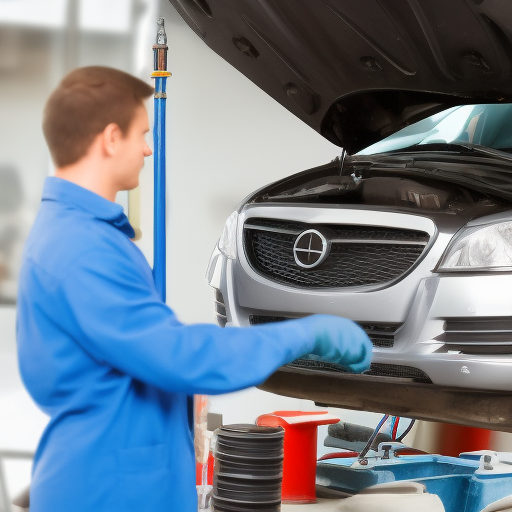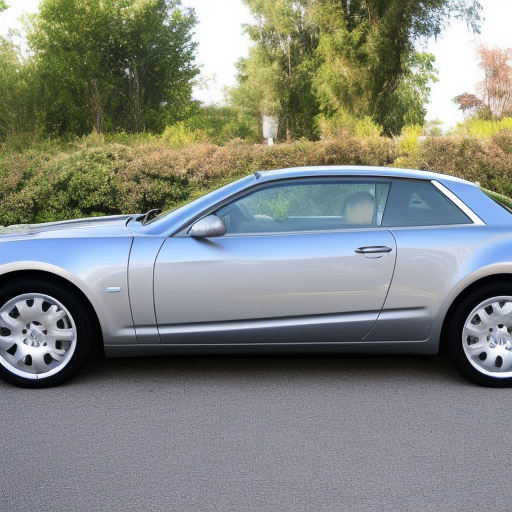Check engine light on mini cooper
You’re driving your Mini Cooper down the highway when suddenly a bright orange light appears on your dashboard. You’ve seen it before, but you can’t quite remember what it means. You pull over to the side of the road and try to remember what you learned in driver’s ed about this particular light. That’s right, it’s the check engine light. But what does it mean? And what should you do about it?
If you’re reading this blog post, it’s likely that you’re experiencing the same scenario. The check engine light on your Mini Cooper can be a frustrating and intimidating sight, but it’s important to remember that it’s there for a reason. It’s not just a random light that appears on your dashboard to annoy you. It’s there to alert you to a potential problem with your car, and it’s up to you to figure out what that problem is and how to fix it.
So, what could be causing the check engine light on your Mini Cooper to come on? And what can you do about it? In this blog post, we’ll explore some of the potential issues that could be causing your check engine light to turn on, as well as some possible solutions to these issues.
Common Causes of the Check Engine Light on a Mini Cooper
There are a wide variety of issues that could cause the check engine light on your Mini Cooper to turn on. Some of the most common causes include:
- A faulty oxygen sensor: The oxygen sensor in your Mini Cooper is responsible for measuring the amount of oxygen in your car’s exhaust. If the oxygen sensor is not working properly, it can cause the check engine light to turn on.
- A malfunctioning catalytic converter: The catalytic converter is a vital part of your car’s exhaust system, and it helps to reduce emissions. If the catalytic converter is not working properly, it can cause the check engine light to turn on.
- A loose or faulty gas cap: If your gas cap is not tightened properly, it can cause fuel to evaporate, which can trigger the check engine light.
- A problem with the mass air flow sensor: The mass air flow sensor measures the amount of air flowing into your car’s engine. If there is a problem with this sensor, it can cause the check engine light to turn on.
- An issue with the spark plugs: The spark plugs in your car are responsible for igniting the fuel in the engine. If they are not working properly, it can cause the check engine light to turn on.
How to Diagnose the Issue
So, now that we’ve looked at some of the potential causes of the check engine light on your Mini Cooper, how do you go about diagnosing the issue? Here are a few steps you can take:
- Check the owner’s manual: Your Mini Cooper’s owner’s manual should have a section dedicated to the check engine light, including a list of possible causes and troubleshooting steps.
- Use a code reader: Many auto parts stores and mechanics have code readers that can help you to diagnose the issue with your Mini Cooper. Simply plug the code reader into your car’s diagnostic port and follow the instructions to retrieve the diagnostic codes.
- Take it to a mechanic: If you’re not comfortable diagnosing the issue yourself, or if you’re unable to determine the cause of the check engine light, it might be time to take your Mini Cooper to a mechanic. They will have the tools and expertise to properly diagnose the issue and recommend a course of action.
Potential Solutions
Once you’ve determined the cause of the check engine light on your Mini Cooper, it’s time to consider your options for addressing the issue. Here are a few potential solutions to some of the most common causes of the check engine light:
A faulty oxygen sensor
If the issue is a faulty oxygen sensor, the solution is relatively simple: replace the sensor. Oxygen sensors are relatively inexpensive and easy to replace, and doing so should resolve the issue with the check engine light.
A malfunctioning catalytic converter
If the issue is a malfunctioning catalytic converter, the solution is a bit more complicated. Depending on the severity of the issue, the catalytic converter may need to be repaired or replaced. This can be a costly repair, but it is necessary to ensure that your car is running efficiently and safely.
A loose or faulty gas cap
If the issue is a loose or faulty gas cap, the solution is relatively simple: tighten the gas cap or replace it if necessary. This is a quick and easy fix that should resolve the issue with the check engine light.
A problem with the mass air flow sensor
If the issue is a problem with the mass air flow sensor, the solution will depend on the severity of the issue. In some cases, cleaning the sensor or replacing the air filter may be sufficient to resolve the issue. In other cases, the sensor may need to be replaced.
An issue with the spark plugs
If the issue is an issue with the spark plugs, the solution will be to replace the spark plugs. This is a relatively simple repair that can usually be done quickly and inexpensively.
Conclusion
The check engine light on your Mini Cooper can be a frustrating and intimidating sight, but it’s important to remember that it’s there for a reason. It’s not just a random light that appears on your dashboard to annoy you. It’s there to alert you to a potential problem with your car, and it’s up to you to figure out what that problem is and how to fix it.
By following the steps outlined in this blog post, you should be able to diagnose the issue with your Mini Cooper and determine the best course of action for addressing it. Whether you decide to tackle the repair yourself or take it to a mechanic, it’s important to address the issue as soon as possible to ensure that your car is running safely and efficiently.






